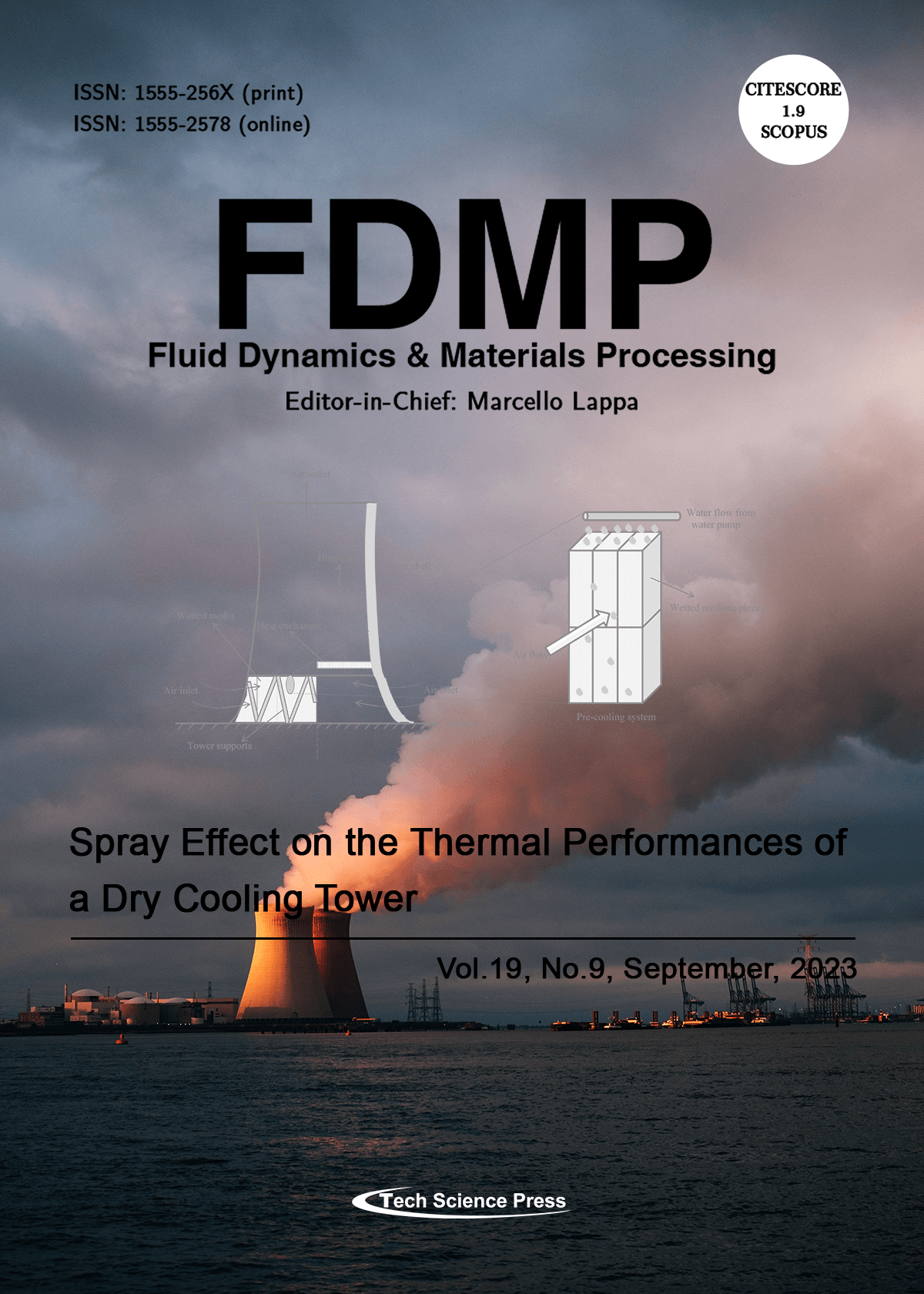
This paper reviews the applications of evaporative cooling technology in thermal power plants, including evaporative air conditioners, evaporative cooling in direct air-cooled systems, gas turbine inlet cooling, wet cooling towers, and hybrid cooling towers with a crosswind effect. Some effort is provided to describe the advantages related to direct evaporative cooling when it is applied in thermal power plants and illustrate the research gaps. The superiority of direct evaporative cooling when it is implemented in different types of cooling towers is further proved by case studies. Moreover, the evaporative pre-cooling is able to enhance the heat rejection performance of natural draft dry cooling tower in hot periods with a maximum improvement of 21.2%.
View this paper